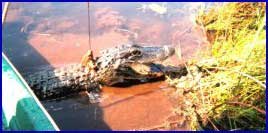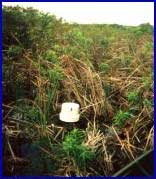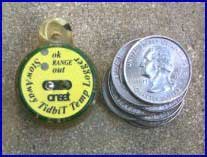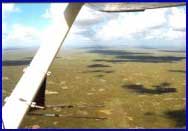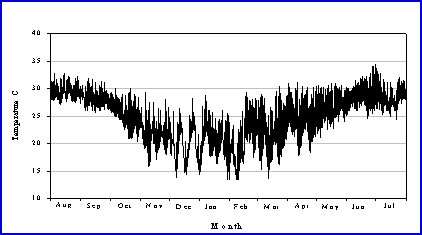|
Thermoregulation of the American Alligator in the Everglades
H. F. Percival1, S. R. Howarter2, K. G. Rice3, C. R. Morea4,
C. L. Abercrombie5, K. Portier6, A. G. Finger7
1U.S. Geological Survey, Florida Cooperative Fish and Wildlife Research Unit
University of Florida, Building 810, Gainesville, FL 32611
2Lacassine National Wildlife Refuge, 209 Nature Rd, Lake Arthur, LA 70549
3U.S. Geological Survey, University of Florida Field Station,
3205 College Ave, Ft. Lauderdale, FL 33314
4FFWCC, Joe Budd Wildlife Field Office,5300 High Bridge Rd., Quincy, FL 32351
5Wofford College, 429 N. Church St., Spartanburg, SC 29303
6University of Florida, Department of Statistics, Gainesville, FL 32611
7The Institute of Environmental and Human Health, Department of Toxicology
Texas Tech University, Lubbock, TX
Presented at the Greater Everglades Ecosystem Restoration Conference, Naples, FL. December 2000.
|
